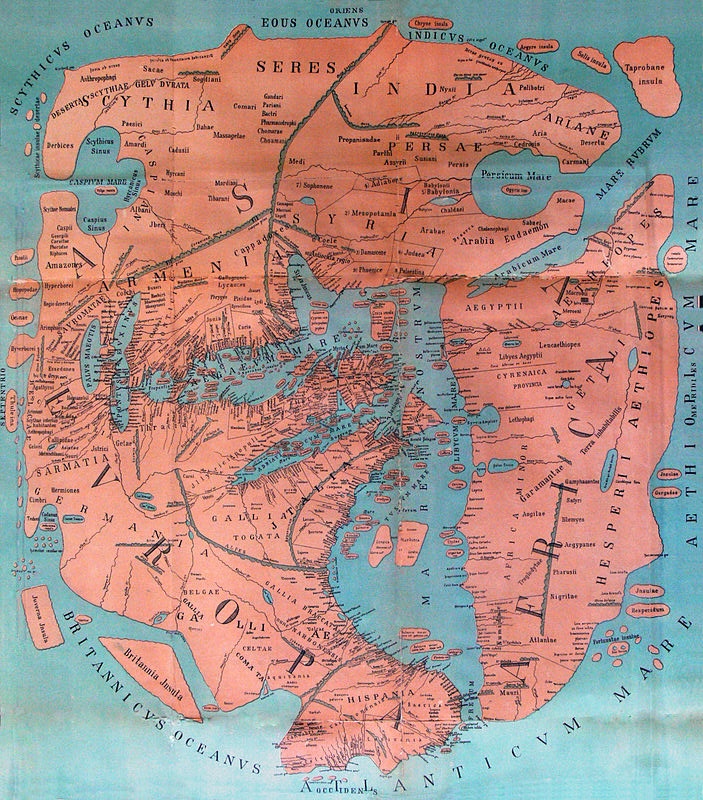
How do you find a building on grounds that you’ve never been to? Or know which bus to take to Barracks? Or locate the stop that gets you
closest to Shannon Library? We rely on maps to get us from point A to point B, but even digital maps are much more than seemingly objective
tools of navigation. Maps represent features of the world around us, but they also tell intricate narratives of human experiences, environmental
changes, and shifting social and political dynamics. In this course, students will explore the capabilities (and the limitations) of empirical
methods to unlock the hidden stories embedded within maps, providing valuable insights into how the world was understood at discrete
moments in our collective past. Considering that no map can perfectly capture its subject, we will interrogate how maps act as interpreters of
observable data that either corroborate or complicate other kinds of evidence. From Babylonian stone tablets to Lewis & Clark, from imagined
cosmographies to Google Earth, from the partition of Africa to mapping our own UVA grounds, we will discover how maps meld the scientific
with the subjective—how maps not only reproduce the world but construct it.
